How can the aerospace industry survive and thrive in a constantly evolving technological environment? Why do some companies in the sector gain a competitive edge while others struggle to adapt? Digital transformation today represents a strategic imperative for all aerospace organizations. This profound evolution consists of integrating digital technologies into all aspects of industrial activities, from design to maintenance, through production and services. In the aerospace industry, this transformation addresses critical challenges: cost optimization, safety improvement, downtime reduction, and strict regulatory compliance.
The aerospace industry faces specific challenges that make this digital transformation particularly strategic. Indeed, extreme safety constraints, the complexity of certification processes, mandatory traceability, and long development cycles require adapted technological solutions. This article will guide you through the essential aspects of this transformation, exploring key technologies, implementation strategies, and concrete available solutions.
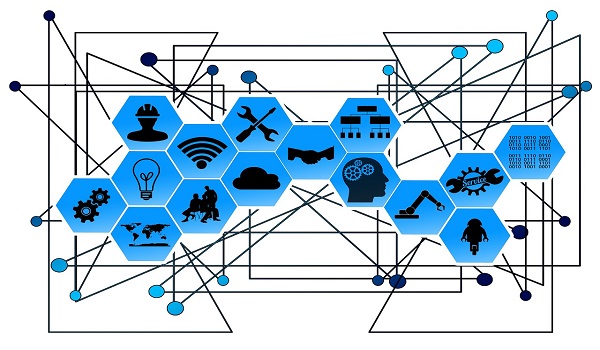
Key takeaways regarding digital transformation in the aerospace industry:
- Operational optimization: Digital technologies enable a 30% reduction in unplanned downtime and significant improvement in maintenance process efficiency.
- Enhanced safety: Integration of digital tools in maintenance and production procedures drastically reduces critical human error risks.
- Data-driven decision making: Intelligent exploitation of operational data enables failure anticipation and intervention planning optimization.
- Facilitated regulatory compliance: Digital solutions guarantee perfect operational traceability and simplify audit and certification processes.
- Sustainable competitive advantage: Companies embracing digital transformation develop operational agility that allows them to adapt quickly to market changes.
1. What is digital transformation in the aerospace industry?
Digital transformation in aerospace consists of integrating digital technologies into all aspects of industrial operations.
This technological revolution redefines traditional processes to create an intelligent, connected, and optimized ecosystem, meeting the growing requirements for safety, efficiency, and sustainability in the sector.
1.1. What are the main areas impacted by digitalization?
Digitalization transforms the entire aerospace value chain:
- Design and development: advanced CAD tools, digital simulation, and digital twins accelerate innovation while reducing prototyping costs
- Production and assembly: chain automation, collaborative robotics, and digital traceability systems optimize quality and productivity
- Maintenance and MRO: predictive maintenance, augmented reality, and mobile platforms revolutionize technical interventions
- Supply Chain: intelligent inventory management, logistics 4.0, and digital collaboration with suppliers streamline procurement
- Training and skills: advanced simulators, interactive e-learning, and virtual reality transform skill acquisition
1.2. What are the objectives of digital transformation for aerospace companies?
Aerospace companies pursue specific strategic objectives:
- Operational excellence: productivity improvement, lead time reduction, and cost optimization to strengthen competitiveness
- Quality and compliance: defect reduction, reinforced regulatory standards compliance, and improved traceability
- Accelerated innovation: faster development of new products and services through advanced digital tools
- Environmental sustainability: carbon footprint reduction through process optimization and dematerialization
- Strategic agility: rapid adaptation capability to market changes and new customer requirements
2. What are the key technologies of aerospace digital transformation?
The technological arsenal of aerospace digital transformation revolves around several major innovations.
These technologies converge to create an intelligent industrial ecosystem capable of self-optimization and real-time adaptation to operational conditions. The harmonious integration of these solutions determines the success of digital transformation in this demanding sector.
2.1. How does IoT revolutionize aircraft maintenance?
The Internet of Things (IoT) radically transforms aerospace maintenance by creating truly connected aircraft. Thousands of integrated sensors continuously monitor critical parameters:
- Real-time monitoring: engine temperature, hydraulic pressure, brake wear, and structural vibrations are constantly monitored by intelligent sensors
- Predictive analysis: this permanent monitoring generates massive amounts of exploitable data that algorithms analyze in real-time to detect emerging anomalies
- Preventive maintenance: maintenance teams intervene before a failure compromises aircraft safety or availability
- Planning optimization: predictive systems precisely calculate the optimal moment to replace each component, maximizing their lifespan while preserving operational safety
2.2. What role does artificial intelligence play in operations optimization?
Artificial intelligence (AI) revolutionizes aerospace operations optimization at several levels:
- Intelligent maintenance: machine learning algorithms analyze failure histories to identify patterns invisible to the human eye
- Optimized production: AI optimizes assembly lines by automatically adjusting manufacturing parameters according to real-time conditions, guaranteeing consistent quality while maximizing productive efficiency
- Predictive logistics: AI precisely predicts spare parts needs, optimizes inventories, and coordinates supplies to minimize aircraft immobilizations
2.3. How does Big Data improve decision-making in aerospace?
Big Data transforms decision-making in the aerospace industry by intelligently exploiting the massive volumes of information generated daily:
- Integrated analysis: analytical platforms simultaneously process flight, maintenance, production, and quality data to generate strategic insights
- Operational optimization: flight data analysis reveals possible optimizations in mission profiles, thus reducing fuel consumption and component wear
- Risk management: Big Data facilitates correlation of apparently independent events, reinforcing operational safety and improving forecast reliability through this holistic approach
2. How to implement a digital transformation strategy in aerospace?
Successful implementation of a digital transformation strategy requires a methodical and progressive approach.
This strategic approach must integrate the regulatory specificities of the aerospace sector while preserving operational excellence. Success relies on the balance between technological ambition and industrial pragmatism, thus ensuring smooth adoption by operational teams.
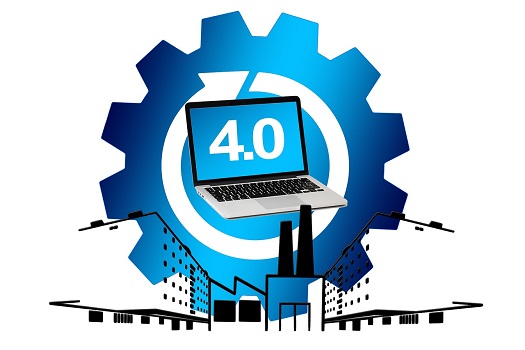
3.1. What are the key steps to digitalize production processes?
Production process digitalization follows rigorous sequential logic:
- Existing process audit: complete analysis of current workflows identifies bottlenecks and priority improvement opportunities, revealing areas where digitalization will bring maximum added value
- New digital workflow design: integration of aerospace-specific regulatory constraints guarantees maintenance of complete traceability required by certification authorities while simplifying daily operations
- Pilot deployment: testing solutions on a restricted perimeter before generalized deployment minimizes risks and allows fine-tuning parameters according to field feedback
- Progressive scaling: phased deployment, accompanied by permanent performance monitoring, guarantees quality standards maintenance during transition
3.2. How to choose the right tools to digitalize your operations?
The choice of technological tools largely determines digital transformation success:
- Specific needs assessment: in-depth analysis guides selection toward solutions most adapted to the aerospace context, considering integration with existing systems and compatibility with industry standards
- Security and compliance criteria: selected tools must imperatively respect international aerospace regulations and offer required certifications
- Solution scalability: evolution capacity with the organization's growing needs is guaranteed by modular platforms offering better adaptation flexibility
- Total cost of ownership (TCO) analysis: long-term profitability evaluation includes license, implementation, training, and maintenance costs
3.3. What is the importance of employee training in digital transformation?
Training represents a critical success factor in aerospace digital transformation:
- New tool mastery: teams must perfectly master technologies to fully exploit their potential through a structured training program adapted to different professional profiles
- Change management support: facilitating adoption of new practices helps dispel natural resistance when collaborators understand personal and collective benefits of digitalization
- Continuous training: maintaining operational efficiency facing constant technological evolution transforms digital skills into sustainable competitive advantage for the organization
4. Picomto: The SaaS solution to accelerate your digital transformation
In a sector where precision and regulatory compliance are crucial, Picomto positions itself as the reference SaaS solution to effectively digitalize aerospace operations. This intuitive platform transforms technical knowledge management and optimizes industrial processes.
4.1. How does Picomto digitalize standard operating procedures and maintenance procedures?
Picomto revolutionizes document management by transforming static procedures into interactive guides:
- Simplified creation: the intuitive editor quickly converts PDF documents into visual operating modes, integrating photos, videos, and annotations
- Intelligent step-by-step guides: each procedure becomes a guided journey where the operator validates each step, guaranteeing protocol compliance
- Complete traceability: all actions are automatically timestamped, creating a history compliant with aerospace requirements
- Centralized version management: updates deploy instantly, eliminating risks linked to obsolete versions
4.2. What are Picomto's advantages for the aerospace industry?
Picomto brings tangible benefits adapted to aerospace challenges:
- Reinforced compliance: facilitated respect for international standards through exhaustive traceability and integrated validation workflows
- Error reduction: interactive guides reduce maintenance non-conformities by 40%
- Accelerated training: guided learning reduces technician skill development delays by 60%
- Optimized productivity: standardization and elimination of document searches increase efficiency by 25%
4.3. How does Picomto integrate into your digital transformation strategy?
Picomto naturally fits into a global transformation approach:
- Progressive deployment: phased implementation to minimize operational disruptions
- Guaranteed interoperability: open APIs for integration with your ERP, CMMS, and existing platforms
- Integrated analytics: dashboards with key indicators to measure impact and identify improvements
- Measurable ROI: productivity and compliance gains generate return on investment from the first months
Transform your aerospace operations today! Discover how Picomto digitalizes your maintenance procedures and accelerates your regulatory compliance.
Conclusion
Digital transformation in the aerospace industry is no longer an option but a strategic necessity to maintain competitiveness and meet the sector's growing requirements.
Companies embracing this technological evolution today benefit from sustainable competitive advantages: operational cost reduction, safety improvement, productivity optimization, and reinforced regulatory compliance.
Progressive adoption of key technologies like IoT, artificial intelligence, and Big Data, combined with practical solutions like Picomto, enables aerospace organizations to transform their challenges into opportunities.
FAQ
What is the digital transformation of airlines?
Integration of digital technologies in all operations: maintenance, production, logistics, and training to optimize performance and safety.
What are the 3 pillars of digital transformation?
Technologies (IoT, AI, Big Data), processes (workflow digitalization), and skills (team training on digital tools).
What are the 5 phases of digital transformation?
Existing audit, solution design, pilot deployment, progressive scaling, continuous optimization with performance monitoring.
What are the types of digital transformation?
Process transformation, digital customer experience, new economic models, corporate culture, and integrated technological ecosystem.
How has technology changed the airline industry?
Predictive maintenance, production automation, digital traceability, virtual training, and logistics optimization for greater efficiency and safety.


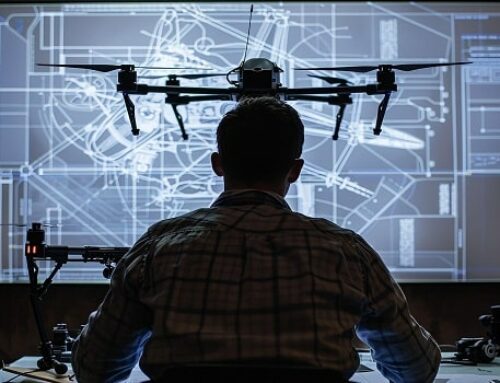
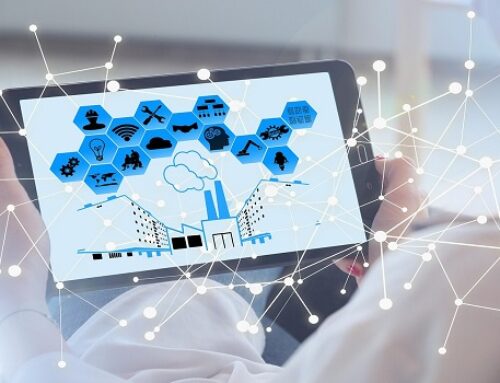

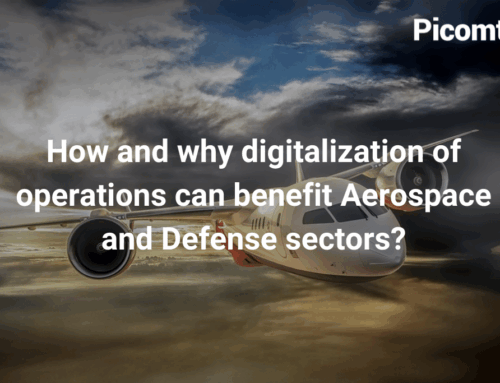
Leave A Comment